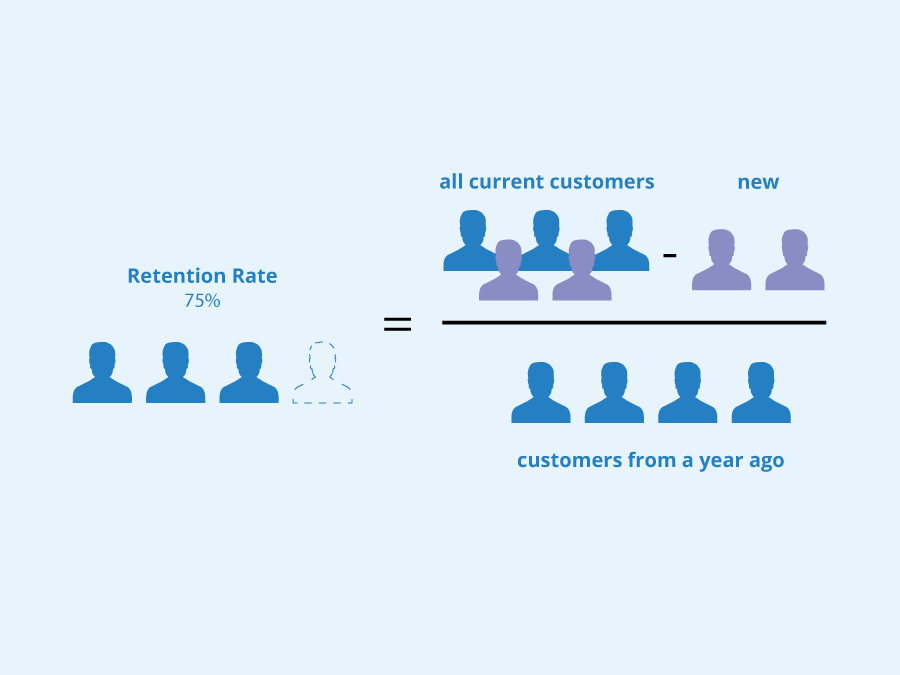How Do You Use Retargeting In Marketing? Retargeting, also known as remarketing, is a strategic online advertising method designed to reconnect with individuals who have previously visited your website or app. This approach involves the targeted display of ads or the sending of emails to re-engage those visitors who, during their initial interaction, did not convert or meet specific marketing goals. For instance, if a potential customer navigated away from your site with items left in their shopping cart, retargeting allows you to display an ad featuring the products they viewed on other websites they subsequently visit.
The primary aim of retargeting is to recapture the attention of potential leads or customers who might have left your site without taking the desired action. By strategically showing your ads again to this audience, you increase the likelihood of achieving better conversion rates and meeting your marketing and revenue objectives. This method serves as a valuable tool in the online advertising arsenal, helping businesses optimize their engagement with visitors and capitalize on missed opportunities.
How Does Retargeting Work?
Retargeting is compatible with various digital marketing channels, encompassing paid search, display, email, and social platforms.
For retargeting to function effectively across these channels, particularly in search and display advertising, users’ browsers must support cookies. These are small files stored on user devices that enable tracking of user behavior and traffic analysis. By using cookies to assign unique identifiers to users, you can assess whether they’ve completed a conversion goal, such as checking out a shopping cart or filling out a form through analytics platforms. If users haven’t met the designated conversion goal, leverage retargeting to display your ads again on their subsequent website or mobile page visits.
Retargeting on Search & Display Channels
Google AdWords provides tools for remarketing campaigns, enabling brands to pay for ads featured on both the Display Network and the Search Network, including text ads on search engine result pages. To establish a remarketing campaign across these networks, incorporate the remarketing tag on each website or mobile app page. Additionally, create a remarketing list within AdWords by aggregating cookie IDs for effective targeting.
Retargeting With Email Marketing & Social
Utilize list-based remarketing by leveraging the email addresses of potential customers to tailor their interaction with your brand. After gathering email addresses, upload these lists to a customer relationship management platform or the custom audiences list on social networks.
Pros of Retargeting
The advantages of retargeting are:
- Enhanced Customer Engagement: Establish repeated connections with potential customers, amplifying touchpoints throughout their buyer’s journey. This constant exposure ensures your brand remains top-of-mind when prospects assess their purchase options.
- Improved Conversion Rates: Retargeting proves effective in situations where customers take time to decide. By maintaining brand visibility, it increases the likelihood of conversion when customers are ready to make a decision.
- Personalized Marketing: Instead of displaying ads randomly, retargeting allows you to target previous visitors. This approach creates a tailored and personalized buying experience, enhancing the relevance of your marketing efforts.
- Strategic Site Presence: Reach out to prospects on platforms they frequent regularly. Retargeting enables brands to display ads on sites that users commonly visit, including popular social networks, ensuring your brand stays visible where your audience is active.
Why is retargeting so effective?
Retargeting is highly targeted. It enables the segmentation of customers based on traits or behavior, facilitating the creation of specific ads to boost purchases. Regardless of the chosen segment, the focus is on a group already interested in your brand through site visits. Each exposure to retargeting ads or emails enhances brand visibility and recognition among these potential customers until they decide to make a purchase.
What’s the difference between remarketing and retargeting?
The terms “remarketing” and “retargeting” are often used interchangeably, but they have distinct meanings.
- Remarketing: This term is commonly associated with collecting contact information for email campaigns targeting prospects.
- Retargeting: Used when displaying ads to prospects on other sites within an ad network after they leave your site. Retargeting typically involves the use of “cookies.”
In behavioral targeting, advertisers focus on defining their target audience based on consumer actions. Retargeting is a common form of behavioral targeting, concentrating on individuals who have visited a webpage. For instance, if someone visited a specific product page, they might later see a display ad for the same product on another site.
Contextual targeting, on the other hand, involves defining the target audience based on the relevance of content on other sites. While contextual targeting can be applied to retargeting, advertisers often use it to reach prospects who visit sites with related content.
More Digital Marketing BLOGS here:
Local SEO 2024 – How To Get More Local Business Calls
3 Strategies To Grow Your Business
Is Google Effective for Lead Generation?
How To Get More Customers On Facebook Without Spending Money
